Lessons from Reformers: Estonia Shifts from Online Consultation to Co-Creation
This case study is part of the Regulatory Governance in the Open Government Partnership publication.
In the northeastern region of Ida-Virumaa in Estonia stands a rare old-growth forest that has been largely undisturbed throughout human history. A popular getaway for urbanites, it is perhaps more importantly the permanent home of a number of rare and endangered animal species.
In 2016, the government decided to begin burning wood at a new power plant, sparking public outrage. Citizens petitioned the government online to stop deforestation in the region and involve them in conservation efforts. Thanks to Estonia’s long-term investments in online participation, it worked. The government met with citizens to discuss their proposals and changed the rules to better protect Estonia’s forests – and the endangered species that call them home.
The country has embraced the digital transformationGovernments are working to increase access to and quality of government services, improve transparency, and create opportunities for participation by using information and communications technologies.... More wholeheartedly in a way that many countries, rich and poor alike, seek to emulate. Often considered one of the most successful transition countries in the world, Estonia is working to enhance its quality of life and economic base without sacrificing environmental quality. Its efforts to enhance democracy in regulatory decision-making are essential to this objective.
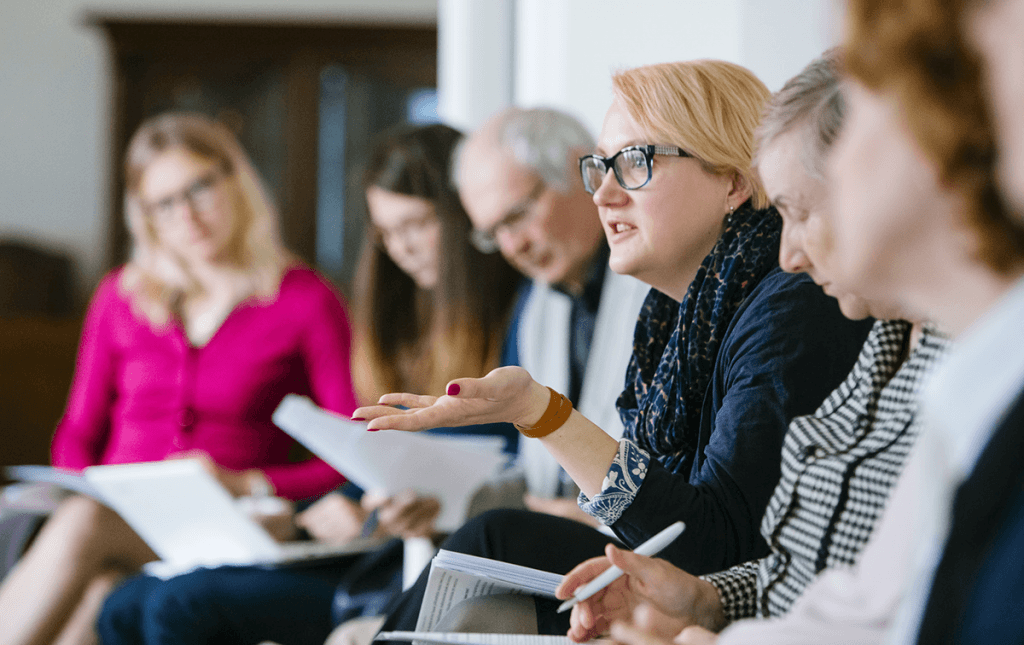
Estonia held the People’s Assembly on the Future of Aging in May 2017.PHOTO: Photo by: Andres Raudjalg for rahvaalgatus.ee
Advancing open regulatory processes through OGP
Since joining OGP in 2011, Estonia has made commitments to strengthen the Information System of Draft Acts (EIS), a platform that enables citizens to comment on legislative drafts. Reformers made the website more user-friendly, expanded government training, and created a system to notify citizens about upcoming draft laws.
However, both government and civil society agreed that more needed to be done. Civil servants wanted a smoother path for co-creating legislation across ministries, and civil society advocated for participating in the process sooner. With this in mind, Estonian reformers committed to developing a new information system for involving citizens in policy development.
Building an online environment for co-creation
The system will open up a user-friendly space for government officials and citizens to co-create policies. Civil servants will be able to co-work on the same text across ministries and with experts outside of government through a collaborative environment similar to Google Docs or Microsoft Office Online. This will cut unnecessary bureaucracy and make the policy-making process as transparent as possible. There will also be spaces for online discussion and working groups to more easily involve several groups (e.g., ministries, experts, civil society organizations) throughout the policy-making process.
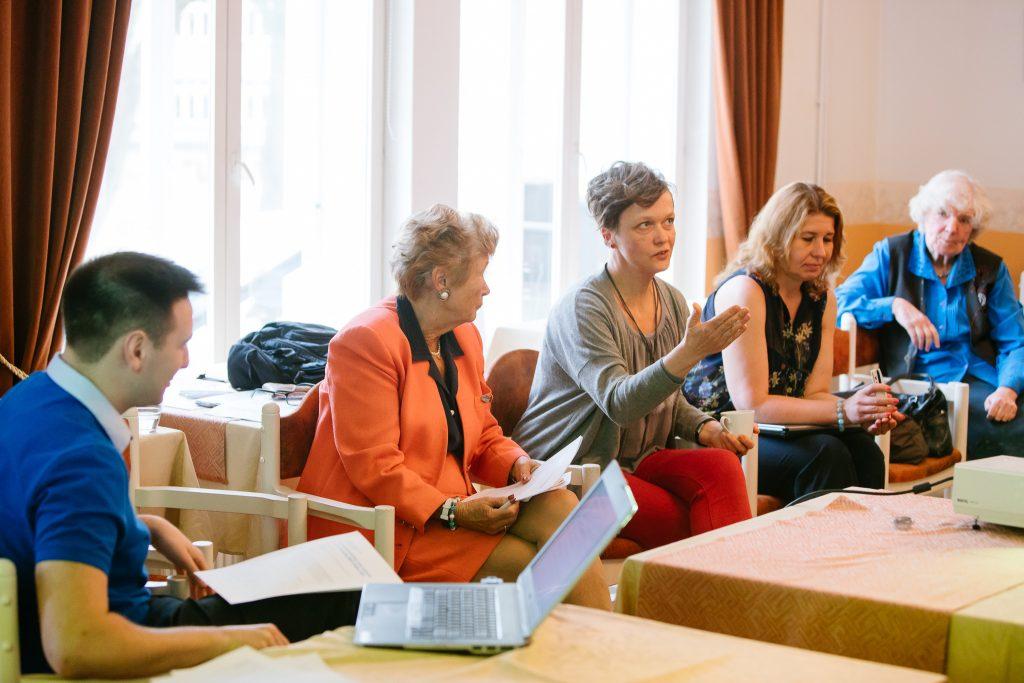
Estonia held the People’s Assembly on the Future of Aging in May 2017.PHOTO: Photo by Andres Raudjalg for rahvaalgatus.ee, May 2017
Moving beyond consultation to meaningful co-creation
This commitmentOGP commitments are promises for reform co-created by governments and civil society and submitted as part of an action plan. Commitments typically include a description of the problem, concrete action... institutionalized citizen engagement practices that move beyond consultation to co-creation. There is a place for citizens in every step of the policy development process, either as an active participant in a working group or as an observer of the process who can still track progress and provide comments.
Citizens criticized the older EIS system for making it too hard to follow a policy from draft to completionImplementers must follow through on their commitments for them to achieve impact. For each commitment, OGP’s Independent Reporting Mechanism (IRM) evaluates the degree to which the activities outlin... More. Previously, drafts usually only reached the public three weeks before approval. The new system will automatically notify citizens when the policy-making process begins and allow them to track the progress of policy development, even if the draft is not yet public.
Creating an effective means for citizen engagement
Above all, the platform is meant to effectively channel citizen input into the regulatory policy-making process. In a country like Estonia, where citizens regularly comment and publish opinions on proposed government policies (as exemplified by a recent forestry plan), a systematized co-creation processCollaboration between government, civil society and other stakeholders (e.g., citizens, academics, private sector) is at the heart of the OGP process. Participating governments must ensure that a dive... can engage more people in the process earlier and in a more meaningful way.
A centralized approach to open regulatory policy-making also makes it easier for citizens to engage. The OGP’s Independent Reporting Mechanism (IRM) found that there was low usage of the EIS platform, in part because there were already several other channels for communication. As noted by the former manager of the Rahvaalgatus.ee platform (that enables citizens to propose initiatives directly to Parliament), Teele Pehk, “Estonia is beyond the stage of simply having technology. Now it’s about making it user-friendly. That’s why we have the one-stop-shop attitude.”
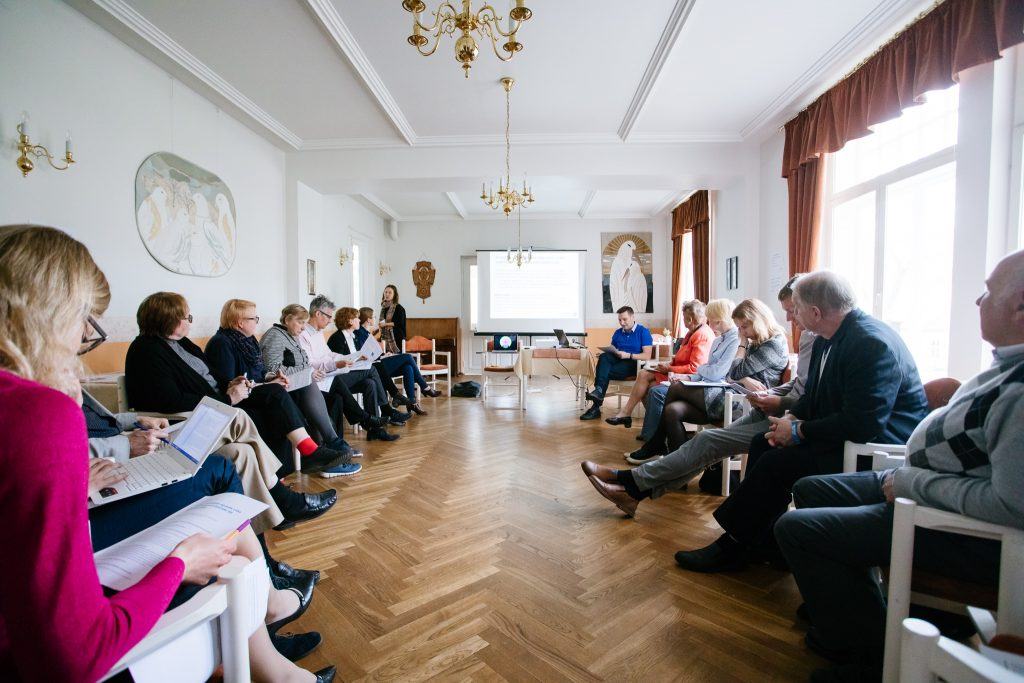
Estonia held the People’s Assembly on the Future of Aging in May 2017.PHOTO: Photo by Andres Raudjalg for rahvaalgatus.ee, May 2017
Lessons learned: How to implement open policy-making
- Experiment, learn from previous reforms, and adapt. Course correction is a difficult – yet vital – element of the OGP process. Despite improvements to EIS across several OGP action plans, the e-participation platform remained hard to use. Ultimately, the Estonian government used this feedback to move beyond the EIS system and shape the current reform.
- Identify government, civil society, and citizen needs first. User testing was a key strength of Estonia’s process. The government’s Innovation Unit convened stakeholders to identify use cases and pain points. The buy-in of civil servants during the design of the commitment was also essential. The idea of streamlining the policy-making process resonated with government officials who spend a lot of time circulating documents and obtaining sign-offs during the drafting process. Co-designing the solution in this way helped stakeholders find where interests aligned.
- Leverage existing platforms and technology. In many cases, the technology already exists and can be adapted to solve a new problem. In the case of Estonia, the capital city of Tallinn’s policy co-creation platform served as an early source of inspiration. The designers of the new system also looked to incorporate lessons learned from Rahvaalgatus.ee. This kind of knowledge sharing and reflection can strengthen new solutions.
- Utilize the OGP process for ambitious long-term projects. The Estonian government is currently testing a prototype of the new platform with a government and civil society working group, but the final version is a few years away. Nonetheless, including this project in the two-year OGP action planAction plans are at the core of a government’s participation in OGP. They are the product of a co-creation process in which government and civil society jointly develop commitments to open governmen... enables greater visibility and accountability and more opportunities for learning across boundaries.
- Determine the value of open regulatory policy-making in each context and find matching solutions. In Estonia, the goal is to engage citizens earlier and more meaningfully throughout the co-creation process, but in other contexts, there might be a stronger case for greater access to laws and regulations or transparencyAccording to OGP’s Articles of Governance, transparency occurs when “government-held information (including on activities and decisions) is open, comprehensive, timely, freely available to the pub... More in lobbyingLobbying transparency allows the public to ensure that there is diversity of participation and contribution to public decision-making. Technical specifications: Policies and actions affecting lobbying....
Without the combined power of civil society’s passion and expertise and the government’s willingness to listen and take action, projects like the one to protect endangered species in a beloved Estonian forest would not be possible. Estonia’s open regulatory policy-making journey has been a long one – and it is not over yet. Over the next few years, civil society is advocating for the government to invest in public campaigns and civic educationAccountability within the public education system is key to improving outcomes and attainment, and accountability is nearly impossible without transparent policies and opportunities for participation ... to expand participation beyond the typical users, and the government hopes to integrate the Parliament’s system into the new platform. Regardless of the particular approach, open policy-making initiatives like these will be essential for Estonia – and other societies – to effectively address the key issues they face.
This story was made possible by interviews with Liia Hänni (Senior Expert, e-Governance Academy), Ott Karulin (Adviser, Strategy Unit, Government Office), Teele Pehk (former CEO, Estonian Cooperation Assembly), Maarja-Leena Saar (Project Manager, Rahvaalgatus.ee), and Merilin Truuväärt (Innovation Team Project Manager, Estonia State Chancellery). Many thanks for their excellent insights and contributions. Many thanks also to the Independent Reporting Mechanism for its detailed reporting on Estonia’s participation in OGP.
Featured Photo Permission Given by Merilin Truuväärt, Government of Estonia
No comments yet
Related Content
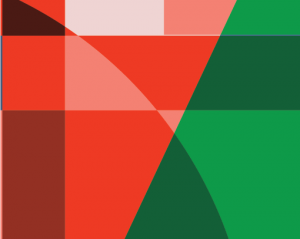
Regulatory Governance in the Open Government Partnership
When citizens understand and help to shape the rules that govern society, regulations are more effective, business environments are stronger, and levels of corruption are lower. This paper looks at…

Lessons from Reformers: Mexico Builds a Regulatory Ecosystem
Explore Mexico’s journey to building one of the most transparent regulatory systems in the world, and see how they’re leveraging the regulatory system during COVID-19.
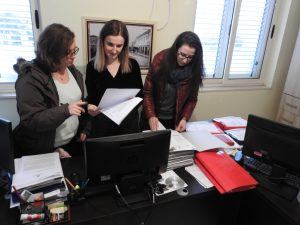 Challenges and Solutions
Challenges and Solutions Lessons from Reformers: Albania Publishes Local Government Legislation Online
Access to government legislation is an essential component of good governance. See how Albanian reformers transformed a fragmented and inefficient system for publishing government legislation into a more accessible and…

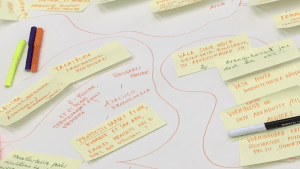
Leave a Reply